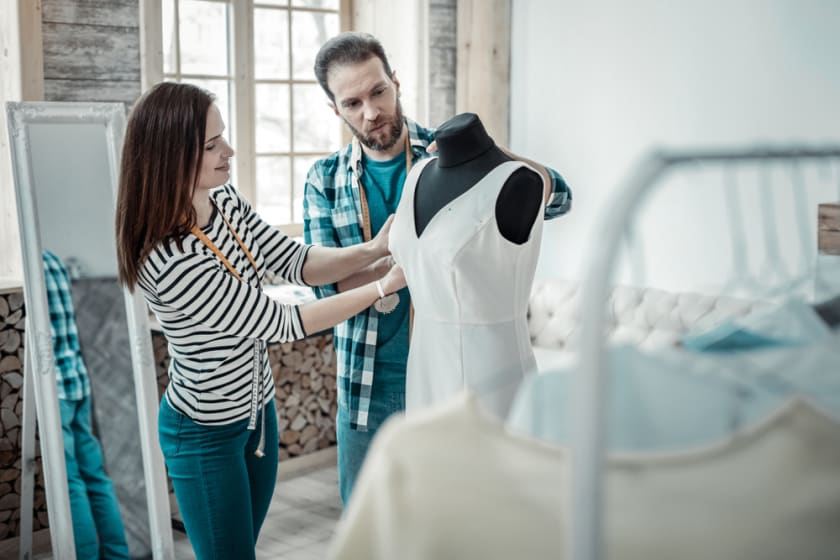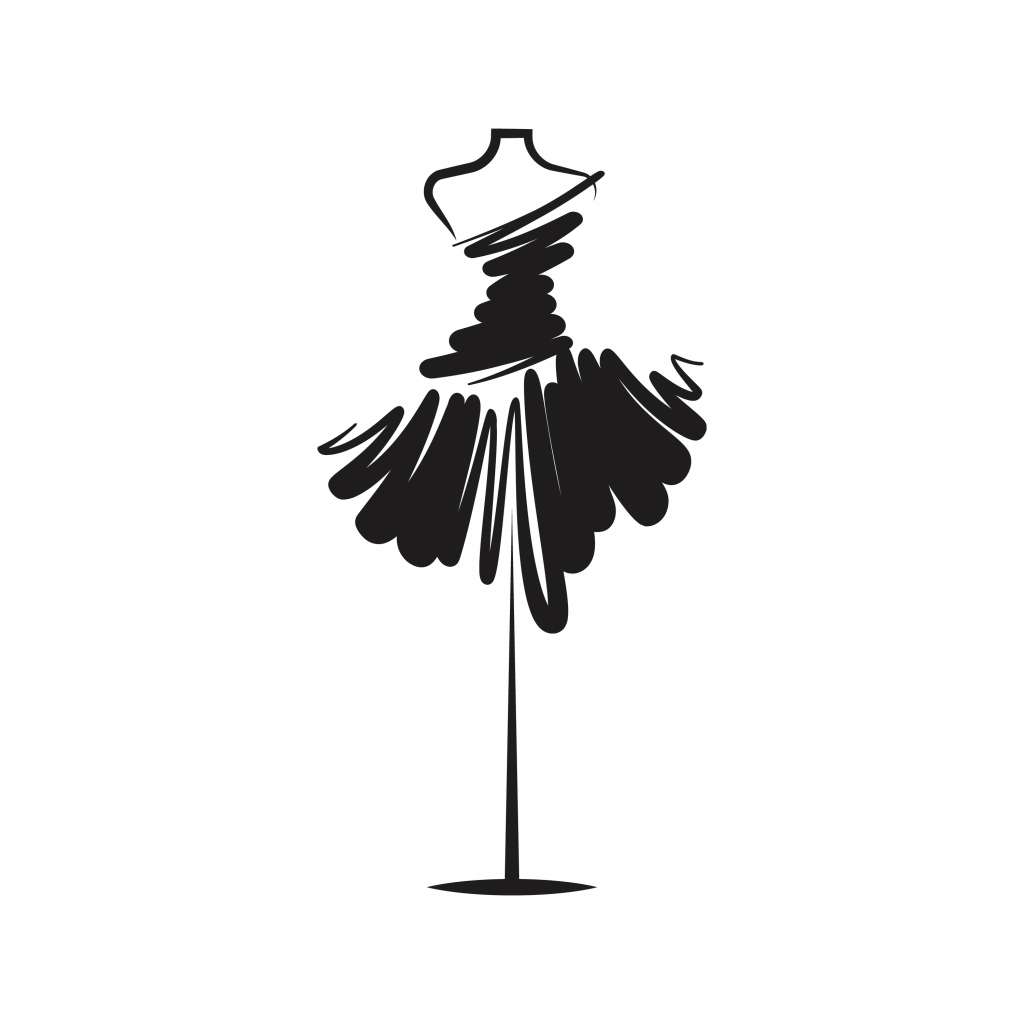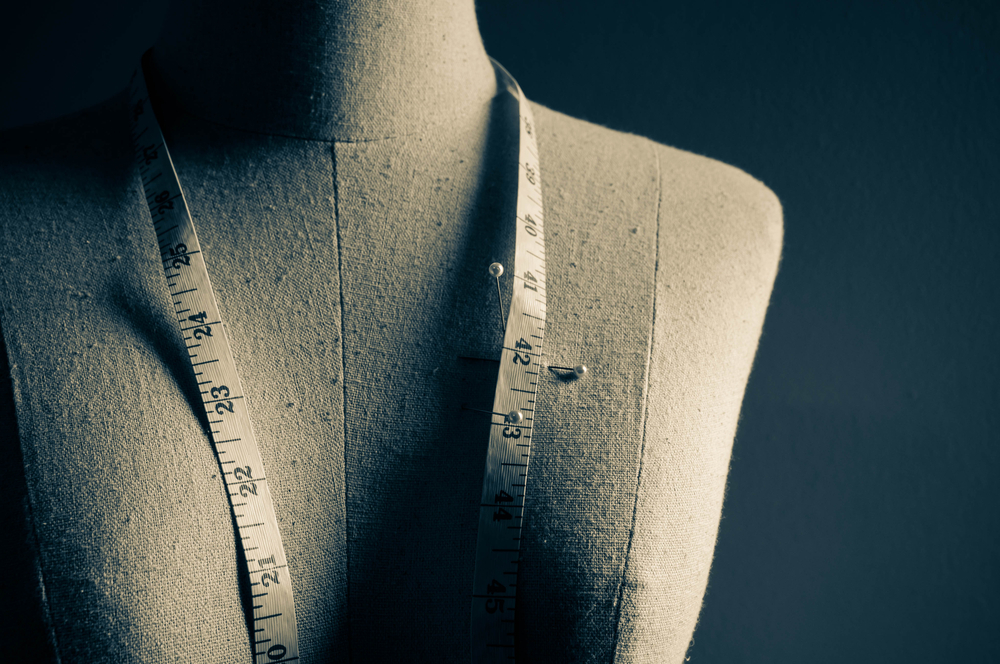How To Draw Fashion Forms Like A Pro In Just 7 Days?



Getting Started
The first approach to bringing ideas to fruition is to create fashion forms. A fashion designer's concepts are based on fashion forms. From basic fashion drawings to multi-dimensional images, fashion forms bring flair and passion from one's sketchbook to a fashion show or even one’s wardrobe. So much that the creativity of the designs relies heavily on the fashion forms one design. Fashion forms are the basis on which creativity in fashion design lies.
Since we are here to learn how to draw creative and impressive fashion forms, why don't we get right into it? But first, let us consider what a fashion form is and what it is not.
What Is A Fashion Form?
A fashion form is a sketch, drawing, or template serving as a blueprint for a fashion designer. It can be anything from a pencil sketch to a 3D picture. The main aim of any fashion form is to communicate the intended design before sewing it. A fashion form is also called a fashion figure, illustration, or fashion sketch.
Now, a fashion form differs from a dress form because dress forms are representations of a woman's figure made from plastics, paper, wire, or clothes and are majorly used for mounting and fitting dresses.
How to Draw Fashion Forms Like a Pro?
There is always a start to everything, and with constant practice, there is a guarantee that anyone will draw elegant and mind-blowing fashion forms in just seven days.
Read on to know how to do just that!
Get the Drawing Materials
Drawing materials are tools needed to get started with any fashion design class. Preparation precedes performance, they say, so do get these materials. They will be required to create the drawing.
Here is a list of all that will be needed:
- Drawing paper, ideally 8.5 x 11 inches in size
- Sketchbooks
- Pencil with hard lead
- Metric Ruler
- The Cleaner
- Pencil Sharpeners
- Black pen
- Markers
- Coloured pencils

Make A Croquis
A croquis is a sketch of the fashion form. It gives information about the dimensions of the fashion figure. A fashion croquis is a paper template, much like a kindergarten drawing template. We prefer that you sketch your croquis from an already created one if you are a beginner. You can place an existing croquis in your sketchbook and trace the lines. Do this about three times on the same croquis.
We guarantee that sketching five different croquis from our templates will give the hands some drawing practice and shape. Once one is through with this, one can move on to this step-by-step guide for making the fashion forms.
Fashion Form Guide
Having practised the croquis templates, the first step to creating a fashion form is:
Draw a Vertical Line
The vertical line drawn should split your sketch paper into two halves. This can also be called a balanced line. Note that it must be a vertical line. This vertical line creates a centre point for the sketch. Ensure that every illustration has a balance on the vertical line after this.
Draw the Pelvic Area
This is quite simple. Here, one needs to draw a rectangular box and split it into equal halves horizontally. The trick that comes into play is where to locate the rectangle that forms the pelvic area. From experience, we prefer to raise it higher so that the leg can take a higher percentage of the area in your sketchbook. There is also a trick to locating the rectangle by simply dividing the paper into three horizontal lines.
The size of the rectangle drawn should depend on the model's width. One will have a wider rectangle than a thinner model for a plus-sized model. Also, the pelvic area doesn't need to be straight. The pelvic area determines the model's posture, so one can tilt the rectangle a bit to give the desired pose.
Drawing The Shoulder And Torso Line
The shoulder has the same rectangular shape as the pelvis, just that it is on top of it at a considerable distance. It should be almost the same width as the pelvis.
The torso line is what connects the shoulder to the pelvis. Drawing the torso involves two verticals – one from the shoulder and one from the pelvis. Both lines must be at an angle, and they must meet at the midpoint between the shoulder and pelvis. Drawing both the shoulder and the torso completes the stomach region of the model.
The Head And Neck
The first piece of sketching here is the head. Draw an oval or egg shape with its sharp side tilted downwards, creating the head. The next thing is to connect the shoulder and the head. Here, one needs two vertical lines from the sides of the oval shape to the midpoint between the head and the shoulder. After that, draw an arc from both sides of the shoulder to meet the vertical lines. Once this has been done, the head and the shape are completed. Kudos!
The Legs And Feet
The legs are split into two parts: the thighs and the calves. The legs should always be the longest part of the drawing to enhance the model's shape. The thighs start from the top point of the pelvis, with the width of the thigh's top side being the same as the head. The thigh-length should be twice the head's length, as should the calves. One has to make sure they streamline the width of the thigh as it reaches the calves. The first section of the calves should be a bit wider than the knees to give a perfect shape to the legs and then streamlined downwards. Make sure that the position of both legs gives a perfect model pose. One can see the croquis templates for more information.
The feet are triangular, with one of their long sides joining the calves, and they should be the same length as the head.
The ankle should be one-fourth of the head size, and the knees should be almost one-third of the top thigh size.
The Arms
The arms have similar sketch features as the legs. Pick it up from the shoulder. They're almost the same size as the calves towards the elbow. Streamline it when reaching the wrist region. The arms should be longer to give a good impression of the model. Then, add the hands and fingers.
Once this has been completed, the model's body has been successfully created. Ensure to try this twice a day before the weekends. On the last day of this challenge, it is expected that there will be a satisfactory report.
Design and Dress the Form
This will be discussed briefly. First of all;

Be Creative
One would want to create a masterpiece for their model as a fashion designer. They can copy our fashion form templates to make a dress for their sketch if they have just started. One must note the dress pattern, bows, hairstyle, ruffles, colour combination, text, etc. The accessories must add to the dress and the model. One can also search for the latest fashion designs to craft theirs.
They can use a bolder pencil or pen to draw the dress, making the dress stand out and bring out its beauty.
Cloth Patterns And Prints
It is critical for those who mass-produce their designs to provide a detailed pattern on the figure forms. Make sure to draw the clothing and apparel efficiently. It's best to use a bold pencil or pen. The pattern and the contours should be perfect for aiding the printing of the dress. When painting, make sure that the colours stand out and are distinct from one another. We often advise fashion designers to get a sample print before mass production, and this helps us identify the lapses in the print or the fashion form used. Contact Fashinza today, and we will deliver the best print for any fashion illustration.
Consistency Is The Key
There is a guarantee that if one practices consistently for seven days and strictly follows the procedure, they will achieve their goal. Being a pro only requires consistency and completing the same procedure repeatedly.
Fashion Careers That Need Fashion Forms
Fashion form is the basis of any fashion design career. If anyone intends to become a fashion designer, their fashion forms will help create dresses that sourcing managers will be willing to pay for. For fashion events, fashion buyers and fashion merchandisers recruit professional fashion designers who have mastered the art of fashion figures to give them the best outfits for their shows and competitions.
About Fashinza
Fashinza serves as an intermediary between clothing brands and cloth manufacturing companies. We pride ourselves on providing elegant clothing and housewares ordered by our clients. We will help to deliver the manufactured cloth of any fashion form design. All one needs to do is place an order with us, and we will get it done at the scheduled date. Contact Fashinza today!



















